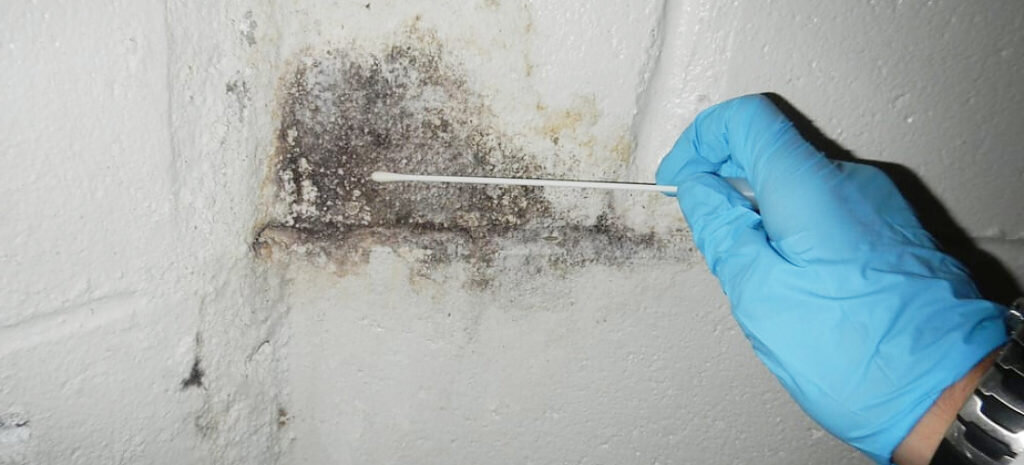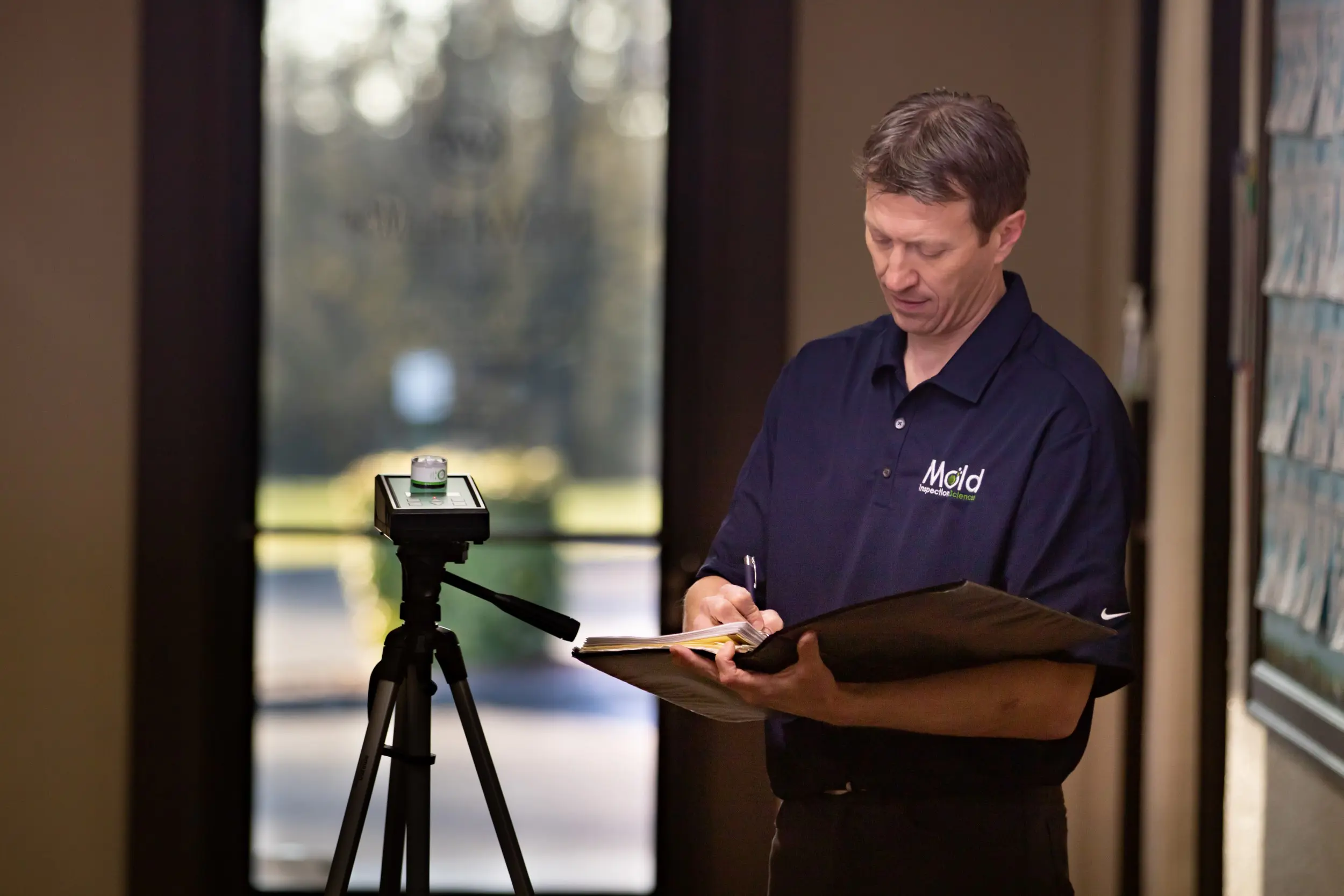Crucial Steps After Mold Remediation
Crucial Steps After Mold Remediation
Blog Article
Expert Tips for Article Mold And Mildew Remediation Success
In the world of mold and mildew removal, efficiently removing mold is only half the battle; the real difficulty depends on preventing its reappearance. Post-remediation efforts play a crucial duty in making certain a mold-free setting in the long-term. By sticking to expert suggestions and ideal methods, individuals can guard their areas versus mold and mildew resurgence and maintain a healthy and balanced indoor environment. It remains in this stage of the removal process that focus to detail and proactive measures really make a distinction.
Screen Moisture Degrees Frequently
After finishing mold and mildew remediation treatments, keeping ideal humidity degrees is essential to avoid mold and mildew re-growth and make sure a healthy interior environment. High humidity levels over 60% create a favorable setting for mold to grow, making regular keeping an eye on an aggressive measure to avoid any kind of future mold and mildew issues.
Using hygrometers or dampness meters can aid in accurately determining moisture levels in different areas of the residential or commercial property. These devices offer real-time data that makes it possible for remediation specialists to make informed choices pertaining to ventilation, dehumidification, and various other essential actions to maintain optimal moisture degrees post-remediation. Additionally, developing a routine schedule for humidity checks, especially in high-risk locations such as kitchen areas, restrooms, and cellars, is a proactive technique to mold and mildew avoidance. By regularly keeping track of humidity degrees, homeowner can effectively reduce the danger of mold and mildew reoccurrence and keep a healthy and balanced interior setting post-remediation.
Conduct Thorough Inspections Post-Remediation
Following the completion of mold and mildew remediation procedures, it is necessary to perform detailed evaluations to validate the effectiveness of the removal process. These post-remediation examinations are crucial in guaranteeing that the mold and mildew issue has actually been successfully addressed and that there is no reoccurrence or continuing to be mold and mildew development. Evaluations must be performed by certified professionals who have knowledge in determining mold and assessing indoor air top quality.
Throughout these examinations, numerous approaches such as visual evaluations, air sampling, and surface tasting might be employed to thoroughly evaluate the remediated locations. Aesthetic evaluations include an in-depth assessment of the premises to look for any visible indicators of mold development or water damage. Air tasting aids in identifying the air-borne mold spore degrees, while surface area sampling can spot mold and mildew particles on surfaces.
Implement Proper Ventilation Techniques
After ensuring the efficiency of the mold and mildew removal procedure with comprehensive evaluations, the next essential step is to concentrate on implementing correct ventilation methods. Adequate air flow is important in preventing mold reoccurrence by managing dampness degrees and advertising air blood circulation.
Appropriate air flow not only help in avoiding mold growth however additionally adds to the overall wellness and comfort of owners. By ensuring ample air flow throughout the residential or commercial property, you can lower the threat of mold regrowth and create a much healthier living atmosphere. Routine upkeep of air flow systems, consisting of cleansing and filter substitutes, is critical to maintaining efficient air flow. Consulting with cooling and heating experts can give further understandings right into maximizing air flow approaches for your particular home requirements.

Usage Mold-Resistant Materials for Repair Works
To improve the long-term performance of mold remediation initiatives, integrating mold-resistant products for fixings is important in alleviating the risk of future mold and mildew growth. Mold-resistant materials are made to hold up against dampness and prevent mold development, making them a necessary option for areas prone to dampness and humidity. When repairing areas impacted by mold and mildew, making use of products such as mold-resistant drywall, mold-resistant paints, and mold-resistant caulking can aid protect against mold and mildew reoccurrence.
Mold-resistant drywall is a superb choice to typical drywall in areas like basements and restrooms where dampness levels are greater. This sort of drywall has an unique finishing that resists mold and mildew development even when exposed to damp problems. Furthermore, utilizing mold-resistant paints having antimicrobial representatives can even more hinder mold and mildew advancement on ceilings and wall surfaces.
In areas where dampness prevails, such as bathrooms and kitchen areas, making use of mold-resistant caulking around tubs, home windows, and sinks can aid seal out water and prevent mold from taking hold in cracks and holes. By purchasing these mold-resistant products throughout repair work post-remediation, you can significantly decrease the likelihood of future mold issues and keep a much healthier interior environment.
Maintain Sanitation and Address Water Issues
Ensuring tidiness and promptly addressing water problems are basic methods to maintain in guarding indoor rooms from mold reinfestation. After mold and mildew remediation, it is critical to preserve a clean environment to avoid the regrowth of mold (testing air quality after mold remediation). Regular cleansing, dusting, and vacuuming can view website assist eliminate any remaining mold spores and avoid them from working out and multiplying. Furthermore, keeping interior areas completely dry and dealing with any type of water issues promptly is crucial in mold prevention. Leakages, water invasion, or high humidity degrees can produce the excellent breeding ground for mold and mildew, so it is important to deal with any kind of water-related troubles right away.
To preserve tidiness, think about making use of HEPA filters in vacuum cleaners and air purifiers to catch mold and mildew spores and avoid their circulation in the air. Moreover, guaranteeing proper ventilation in areas vulnerable to moisture build-up, such as shower rooms and kitchens, can assist maintain moisture levels in check. By remaining cautious concerning tidiness and dealing with water concerns promptly, you can effectively stop mold reinfestation and maintain a healthy interior setting.
Verdict

In the world of mold removal, successfully getting rid of mold is just half the battle; the real difficulty exists in stopping its reappearance. After completing mold and mildew remediation treatments, preserving optimum humidity degrees is important to prevent mold re-growth and make sure a healthy and balanced indoor atmosphere. High humidity levels above 60% develop a conducive atmosphere for mold and mildew to prosper, making normal monitoring a remove mold spots from fabric proactive step to learn the facts here now protect against any type of future mold concerns.
To enhance the long-term effectiveness of mold removal initiatives, integrating mold-resistant materials for repair work is crucial in mitigating the threat of future mold and mildew growth. After mold and mildew remediation, it is crucial to keep a clean environment to avoid the regrowth of mold and mildew.
Report this page